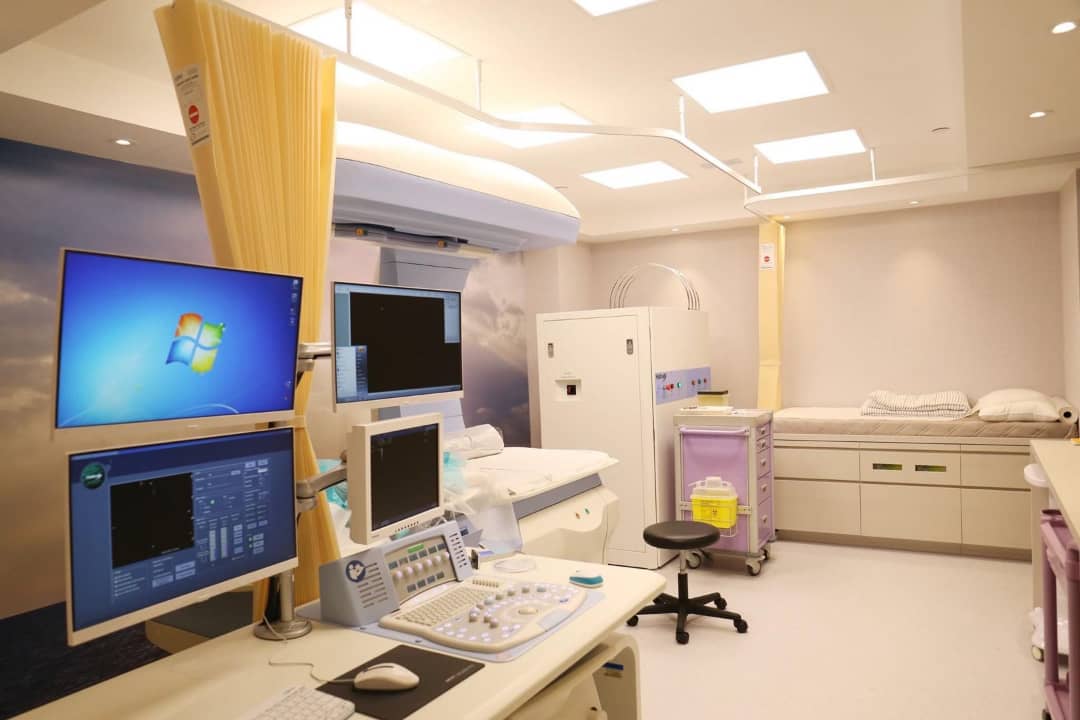What Are Uterine Fibroids?
Uterine Fibroids are the most common tumours in women of reproductive ages. They affect approximately ⅓ of women aged 35. Although they are benign (non-cancerous) tumours, they can cause significant health problems for sufferers.
Larger fibroids are more likely to cause severe symptoms. There is good evidence that reducing the size of uterine fibroids can reduce symptoms significantly.
Management of Uterine Fibroids
There are currently many available methods to treat Uterine Fibroids. They include;
- Medical treatments (hormone manipulation):
- GnRH agonists- these act to bring on menopause, which is reversed when the medication is stopped.
- Surgical treatments:
- Myomectomy
- Hysterectomy
- Uterine artery embolisation
- High intensity focused ultrasound (HIFU)
Medical treatments with tablets or injections manipulate hormones that affect fibroid growth but fibroids tend to regrow when the treatment is stopped.
Myomectomy is a surgical procedure that removes just the fibroids, not the entire uterus. This is most commonly used in younger women who wish to maintain their ability to have a child.
Hysterectomy is a surgical procedure whereby the whole uterus is removed. It is typically performed in women who do not wish to have more children.
Uterine artery embolisation (UAE) is a minimally invasive treatment that is performed under x-ray guidance and shrinks fibroids by blocking the blood supply to the uterus.
High intensity focused ultrasound (HIFU) is a relatively new clinical technology in Nigeria which has been used in other countries for more than 20years. It involves the use of high-energy focused sound waves (focused ultrasound), that allow us to induce high temperatures to destroy a precise volume of the target tissue without harming surrounding structures. This is similar to focusing light using a magnifying glass. It allows high temperatures to destroy tissue at accurate points without any damage to surrounding tissue.
During this procedure, ultrasound will be used to thermally ablate(destroy) the fibroids.
With time as the fibroid scar attempts to heal, it will start shrinking in size. As the fibroids shrink in size, it has been shown to reduce symptoms in women.
Is HIFU Suitable For Everyone With Uterine Fibroid?
Not everyone can have HIFU treatment for fibroids.
- Women who are significantly overweight may be difficult to treat. This is because the fat tissue may prevent delivery of sufficient HIFU to the fibroid as well as increasing the risk of serious skin burns. Women over 120kg will likely not be suitable for HIFU treatment.
- Women with midline vertical scars over the lower abdomen may also not be suitable as scar tissue absorbs more HIFU energy. This prevents it from reaching its target and increases the risk of serious skin burns. However, women with horizontal (transverse) scars over the lower abdomen can be treated as these scars are thinner and absorb less HIFU.
HIFU Treatment and Fertility
There are previous studies that have reported successful pregnancies after HIFU treatment. Nonetheless, the effect of HIFU on fertility remains unclear owing to the lack of large-scale studies. We would however advise that you wait until 6months follow-up before trying to conceive.
Risks
The risks and complications with this procedure can include but are not limited to the following;
- Cramp like abdominal pain after the procedure that might require medication
- There might be nausea and fever which is self-limiting
- Skin damage: This is visible straight after the treatment and usually resolves in 1-2 weeks without scarring. Serious burns are rare and occur in less than 1 in 100 cases.
Preparation For HIFU
The procedure involves lying face-down for a couple of hours, we suggest that you practice lying face-down on your bed for a week before your treatment. This exercise will train your body to be more comfortable in this position during the treatment.



